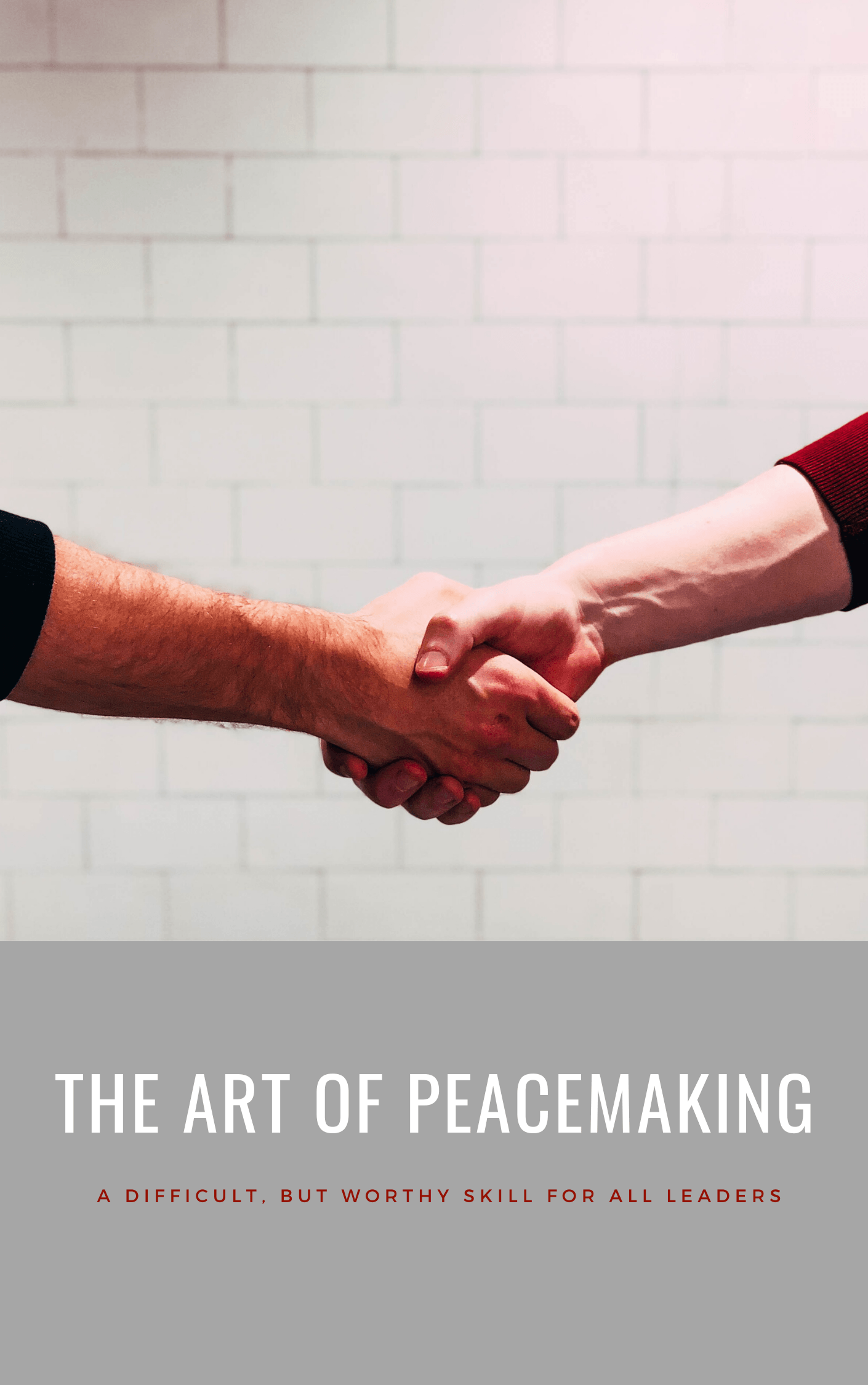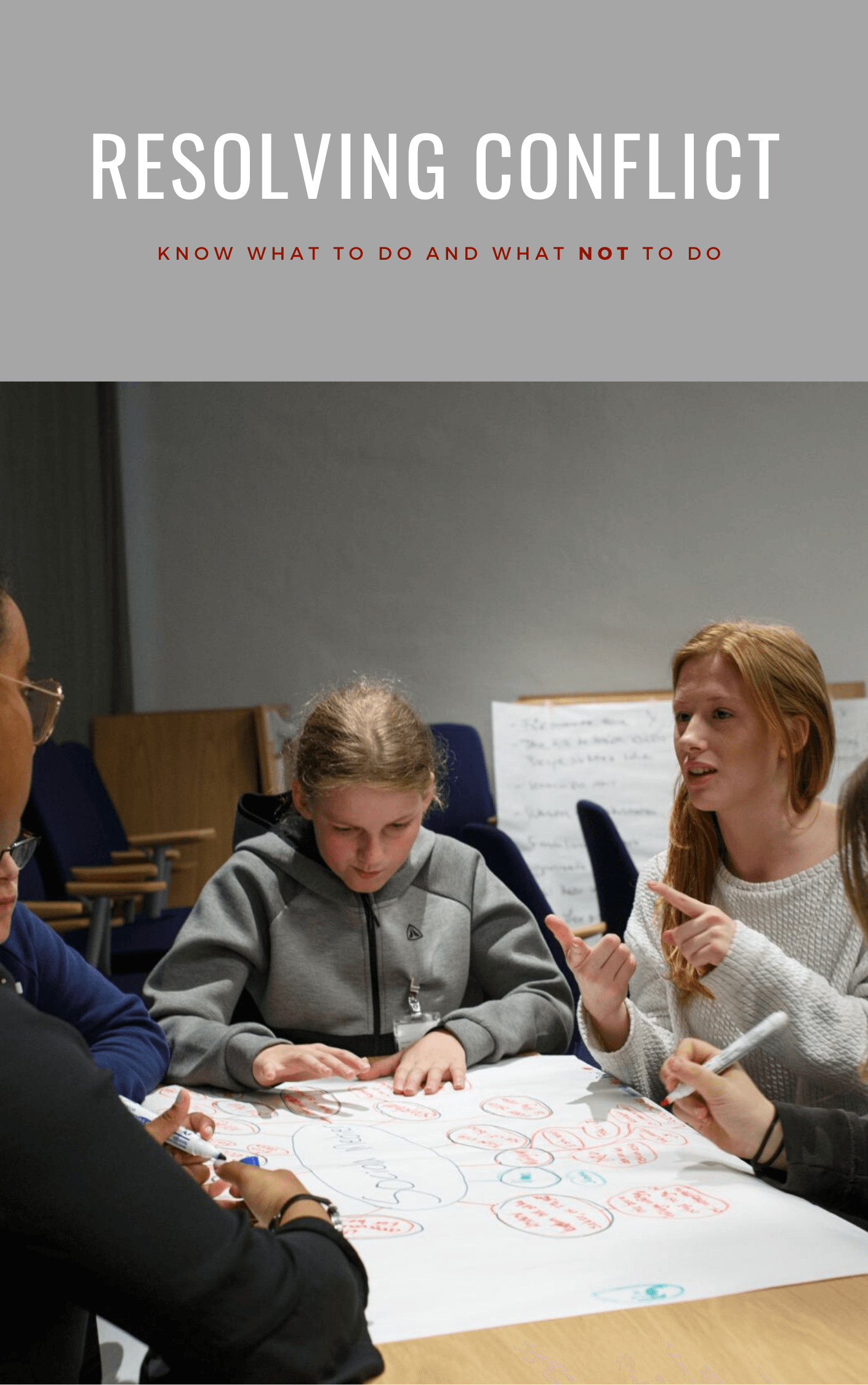Practical Tips for Better Listening (Part 1)
In past number of posts we’ve looked at a number of barriers to effective listening. This next series will focus on some very practical tips to becoming a better listener.
First, on becoming a more active listener. This means getting involved in the discussion. Listening is not a passive exercise. Show the speaker that you are engaged and interested by asking questions. The best ones are open-ended and probing questions like, “How did that make you feel?” And then listen to their response—empathically of course! Open-ended questions keep the conversation going and allow it to go deeper.
Seek clarification. At the appropriate time in a conversation you might say something like, “Let me tell you what I’m hearing you say…tell me if I’m right or wrong.” This does two things. First, it stops the speaker from one-way communication. It ensures that you, the listener, are keeping up and not getting overwhelmed with too many words. Second, it reveals to the communicator that you have been listening and are on track with what is being said. If you’re off, then the speaker is alerted to restate their point until it is clear.
Asking questions and then seeking clarification shows the other person that you’re really trying to hear him or her out and are understanding what is being communicated.














